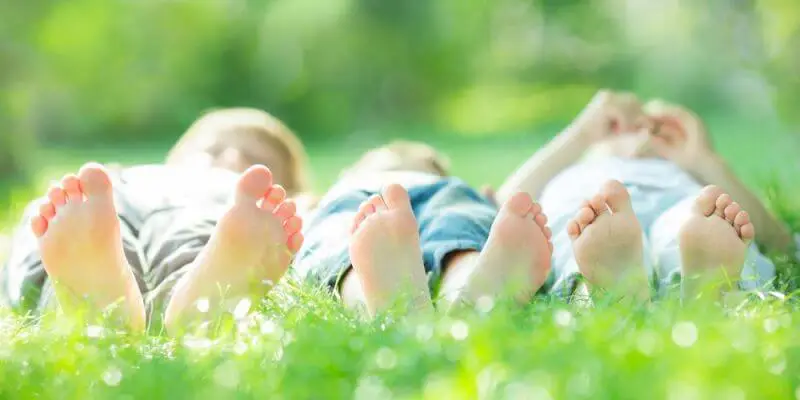Tolle cites mindfulness as a way to bring “the joy of simply being”. How can we help kids learn to benefit from it?
This article will answer both of these questions, and it also includes many activities that you can use today.
- Research has shown that mindfulness is beneficial for children.
- Reduce bullying (Zhou Liu, Niu Sun, and Fan, 2016).
- Children with ADHD can improve their focus (Zhang and al., 2016).
- Reduce attention problems (Crescentini, Capurso, Furlan, & Fabbro, 2016);
- Increase mental health and well-being
When children and teens are taught and practiced, social skills can be improved.
Parents and educators should also provide children with age-appropriate mindfulness exercises.
Preschoolers can be trained to become more mindful by using simple movements and images, as well as food and objects. This will help them focus better and stay present.
Flook et. al. (2015) studied the behavior of children listening to music and noticing how their stomachs were rising and falling with every breath.
The children became more in tune with their bodies, breathing and the music.
If you do these simple activities regularly, they can provide long-lasting developmental benefits.
Four Mindfulness Exercises and Activities for Children
Let’s begin with these simple methods to help children get in tune with their bodies. Humans are naturally curious about their bodies’ strength and flexibility from a young age. It is a great time to start body-mind awareness to help people take better care of their bodies.
Mindful Posing
Body poses are a great way for children learn mindfulness. Tell your children that body poses can make them feel confident, happy, and brave.
Take the children to a quiet, familiar place where they feel safe. Next, ask them to try the following poses.
The Superman pose: This is when you stand with your feet slightly wider than your hips and your arms extended to the sky.
The Wonder Woman: This pose involves standing tall with your legs longer than your hips and placing your hands or fists on your hips (Karen Young 2017, 2017).
Ask your children how they feel after trying these poses for a few times. You might be surprised.
Spidey-Senses
This can be a “next step” in teaching kids how to remain present, while we are on the topic of superheroes.
Your children should be taught to activate their Spidery senses, which are the super-focused senses that Spiderman uses in order to monitor the world around him. This will help them to focus on the present and open their eyes to all the information they receive (Karen Young 2017, 2017).
This classic mindfulness exercise encourages observation and curiosity. It is great for anyone who wants to improve their mindfulness skills.
The Mindful Jar
This activity can help children understand how strong emotions can become overwhelming and how to find peace in times when they feel overwhelming.
Fill a jar, such as a Mason jar, with water. Add a large spoonful of glitter glue, glue, or dry glitter to the jar. To make glitter swirls, put the lid back on the container.
Use the script below or get inspiration from it to create your mini-lesson.
This exercise helps children understand how emotions can cloud their thinking. It also encourages mindfulness and allows them to focus on the glitter in the jar.
Ask your children to focus on one emotion at the time. For example, anger. Then, discuss with them how shaken verse settling glitter looks like that emotion.
Safari
The Safari exercise can be a great way for kids to learn mindfulness. This activity transforms an ordinary, every-day walk into an exciting adventure.
Your children should know that you are going on a safari and their goal is to see as many animals, birds, creepy crawlies, and bugs as possible. Any animal that crawls, crawls or swims is interesting. Children will need to use all their senses to locate them (Karen Young 2017, 2017).
The mindfulness walk is a similar exercise for adults. The mindfulness walk provokes the same reaction in children as a mindful walking does in adults: an awareness of the present and grounding in it.










